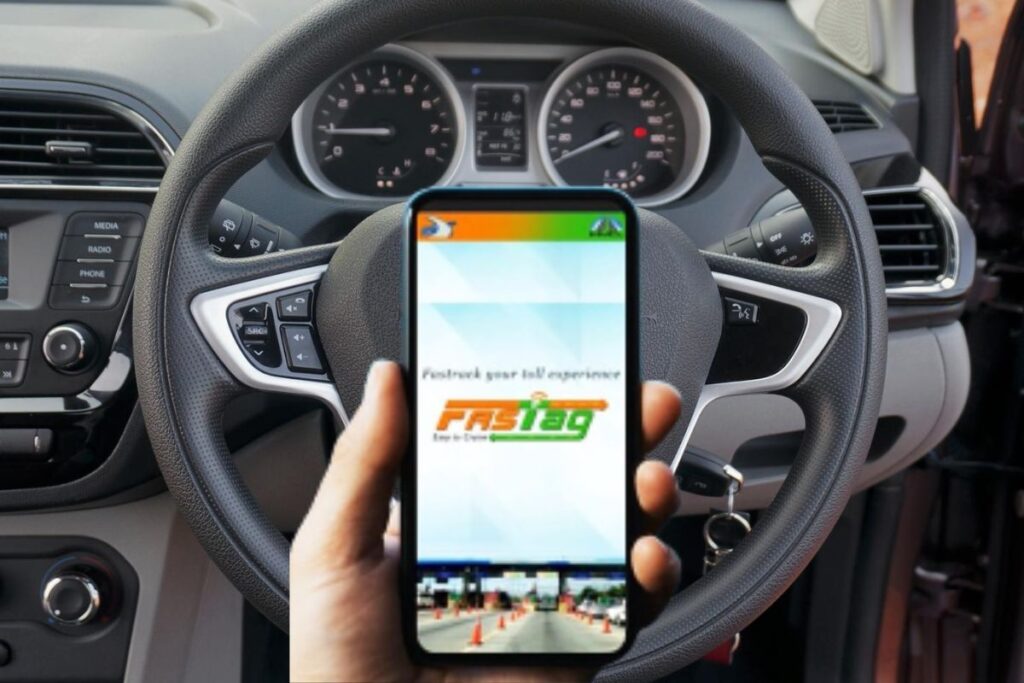
The drive toward digitised highways has introduced a new checkpoint for Indian motorists. After navigating the Know Your Customer or KYC norms for banking and payments, vehicle owners now face a fresh compliance challenge: KYV verification for FASTag. This new requirement mandates linking your FASTag with the correct vehicle, and while the idea is clear the execution has raised concerns across the board.
What Is KYV Verification FASTag and Why It Matters
The Government of India, through bodies such as the National Highways Authority of India and the National Payments Corporation of India, has mandated a new process known as Know Your Vehicle or KYV. In essence, just as banks verify customers via KYC, all FASTag users must ensure tags are correctly affixed, linked to the vehicle’s registration, and updated periodically. According to recent reports, completing KYV was rolled out as a mandatory procedure since October 31, 2024, and users who fail to comply may find their FASTag deactivated.
This shift is significant because FASTag has grown into the primary mode of toll payment across India. Ensuring accuracy in tag ownership and vehicle linkage is crucial for revenue collection, preventing tag misuse, and paving the way toward a future with multi-lane, free-flow tolling.
How the KYV Process Works for Vehicle Owners
Completing KYV verification FASTag is not simply checking a box; it involves document submissions, photo uploads, and detailed coordination with your tag issuer. Users must upload clear images of the vehicle’s front and side, showing the number plate and the FASTag sticker on the windshield. A scan of the registration certificate or a digital RC from authorised portals is also required.
Once submitted, your FASTag issuer verifies the details against the vehicle database, and once approved, your tag status changes to “active and verified”. Failure to complete the process in time can lead to deactivation of the tag, meaning you may need to revert to cash payments at toll plazas. This is a risk that many users have already faced.
The Deadline Pressure and User Frustration
Even though the idea behind KYV verification FASTag is straightforward, many vehicle owners report confusion and inconvenience. Articles highlight scenarios where motorists were stopped at toll plazas because their tag was not yet verified, despite having sufficient balance and a legitimate account. One user described being told at the plaza to complete uploads before they could proceed.
Technical glitches and inconsistent interfaces across bank apps or FASTag portals have added to the frustration. Since the verification process must also be repeated every three years, some users view this as an added procedure on top of existing compliance tasks.
What Happens If You Don’t Comply with KYV
Failure to complete KYV verification FASTag by the deadline or negligence in updating after vehicle ownership changes can lead to your tag being deactivated. Once deactivated, you might have to pay in cash at toll plazas, lose the convenience that FASTag provides and potentially face higher charges. The one-vehicle-one-tag rule is being enforced more strictly, which means tags issued for older vehicles or used on multiple vehicles are being invalidated.
For commercial fleets or frequent highway travellers, this can mean time delays, revenue loss or higher tolls. With digital tolling systems focusing on accuracy, the stakes are real.
Benefits and Rationale Behind the Enforcement
While many motorists grumble about the extra step, the government maintains that the KYV verification for FASTag is a necessary evolution. By enforcing the correct link between vehicle and tag, the authorities aim to reduce fraud such as tags being swapped between vehicles, misuse of cheaper vehicle categories, and incorrect toll classification. This supports the transition to a tolling model with minimal stoppage and better enforcement.
In the long term, this should mean smoother traffic flow, fewer disputes at toll plazas and a more reliable digital infrastructure for highways. However, the success of this hinges on user awareness and streamlined processes.
How Vehicle Owners Can Navigate the KYV Verification FASTag Process
To stay ahead and avoid tag deactivation, follow these practical steps. First, collect your vehicle RC, ensure it matches the number plate and FASTag details. Take clear photographs in good lighting of the vehicle’s front and side showing the number plate and FASTag sticker. Upload the documents via your FASTag issuer’s app or bank portal and wait for a status update. If you encounter issues, check the issuer’s helpline or FAQs for common errors like image resolution or incorrect metadata. Since the requirement renews every three years, track your verification date and vehicle changes so the process does not catch you unprepared.
Final Thoughts: KYV Verification FASTag is Here to Stay
The arrival of KYV verification FASTag is more than just another compliance requirement. It signals the maturity of India’s digital tolling ecosystem, where each vehicle is accurately tracked and billing is streamlined. While the process may feel intrusive or inconvenient now, vehicle owners who act proactively will avoid disruptions and embrace the more seamless highway experience ahead.
For users, the message is clear: complete your verification sooner rather than later. For authorities, the takeaway is to simplify the process and communicate clearly. As compliance moves forward, this step becomes another pillar of digital infrastructure rather than a surprising hurdle.
Leave a Reply